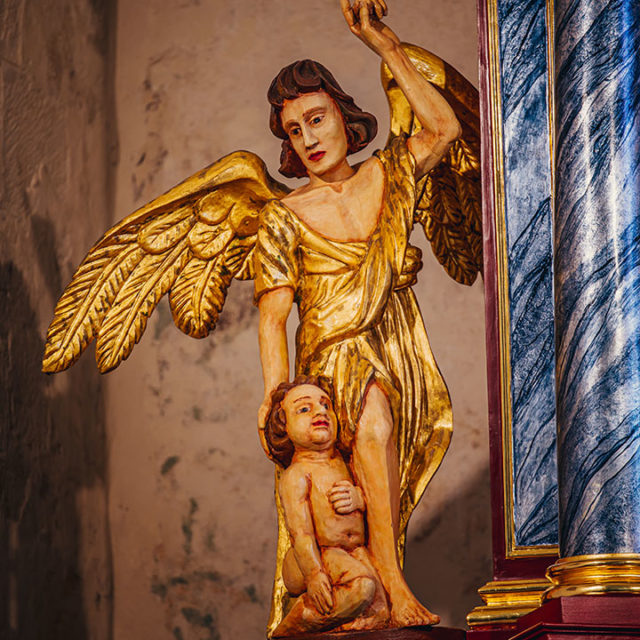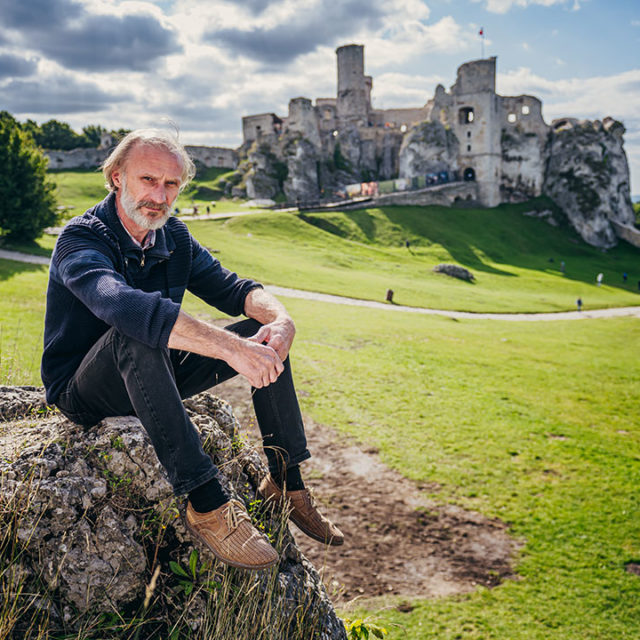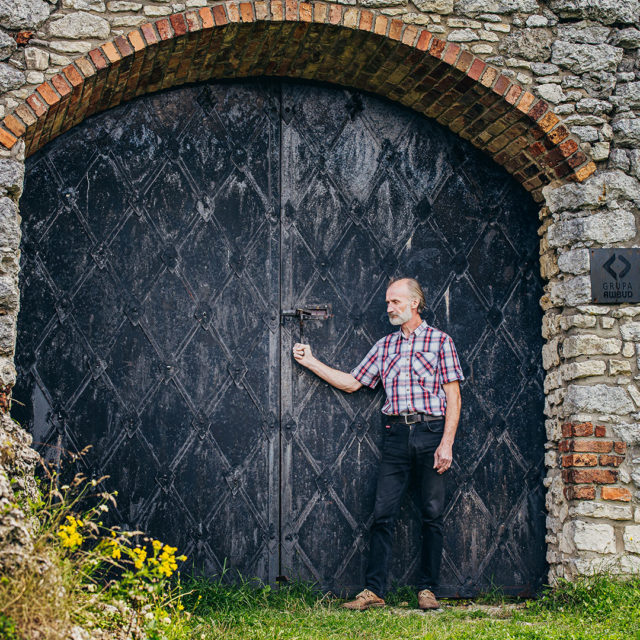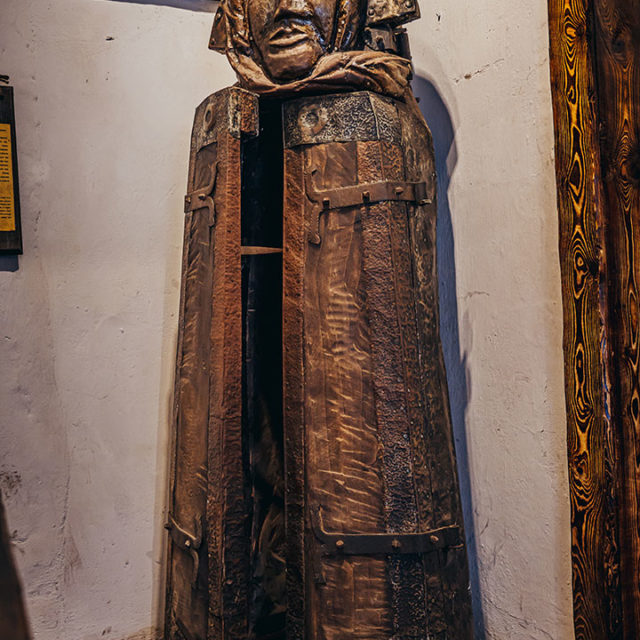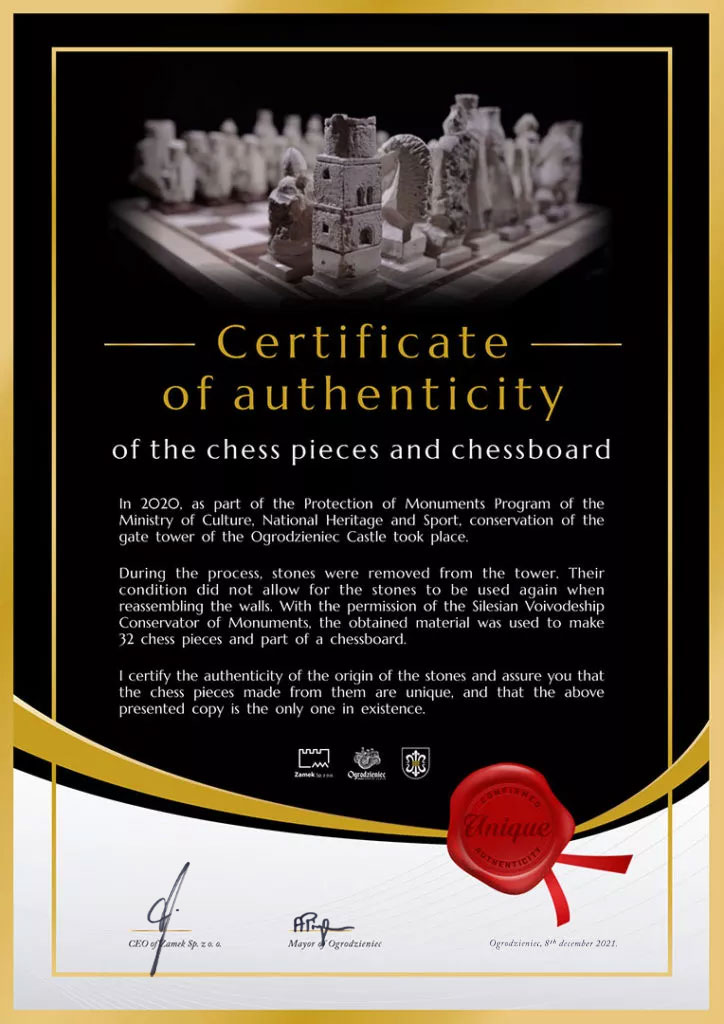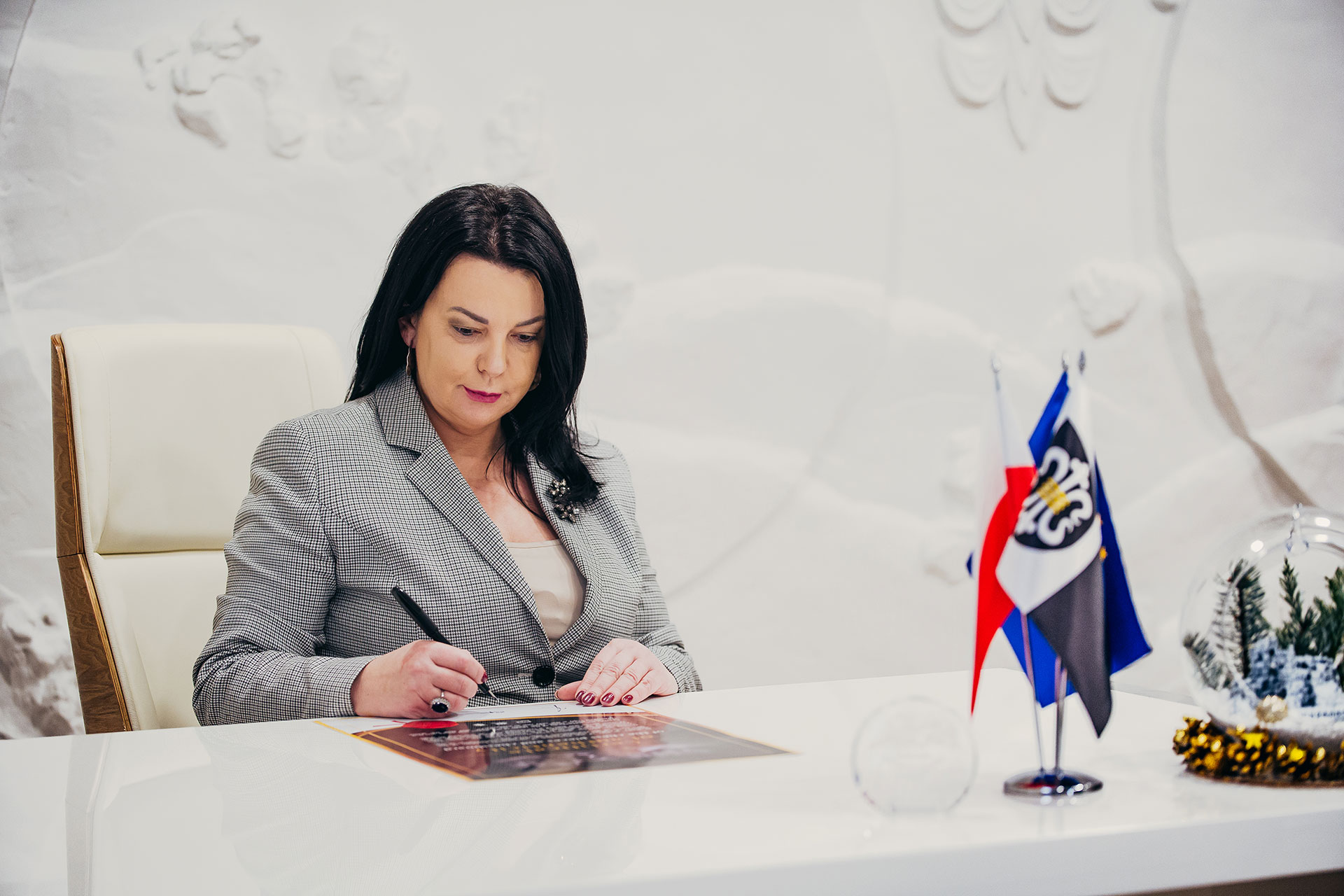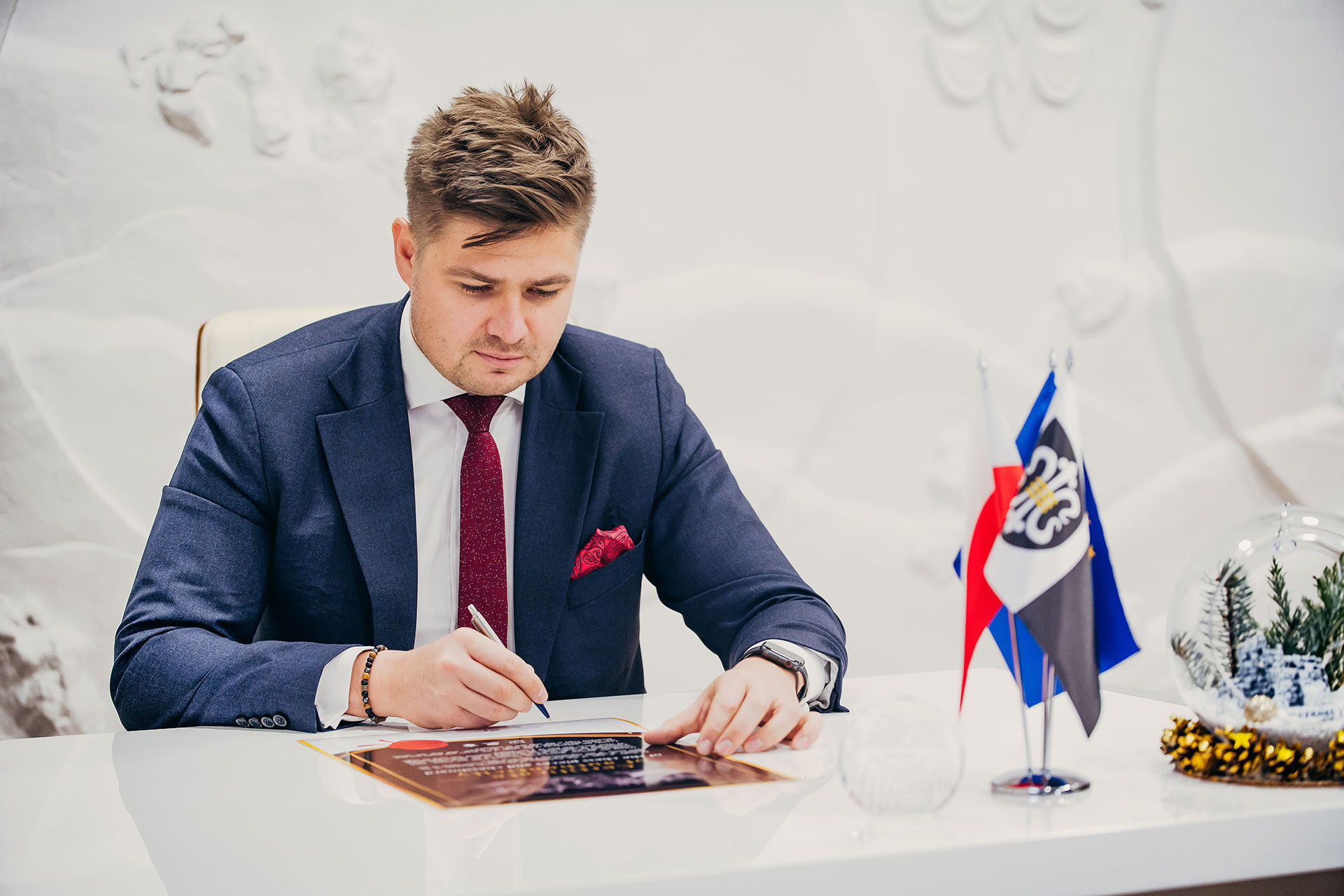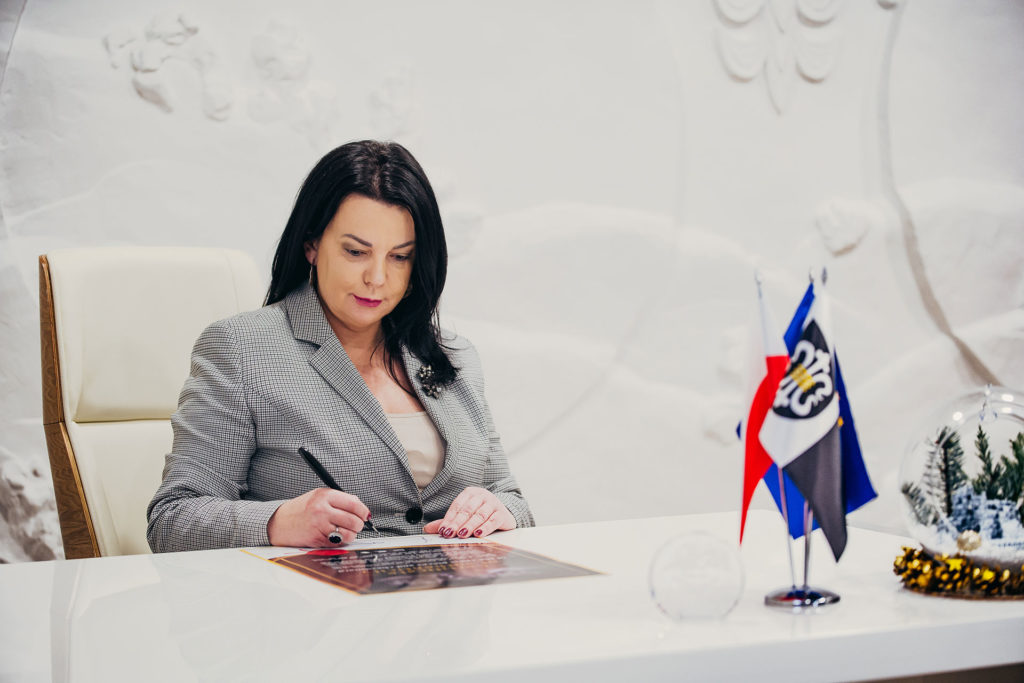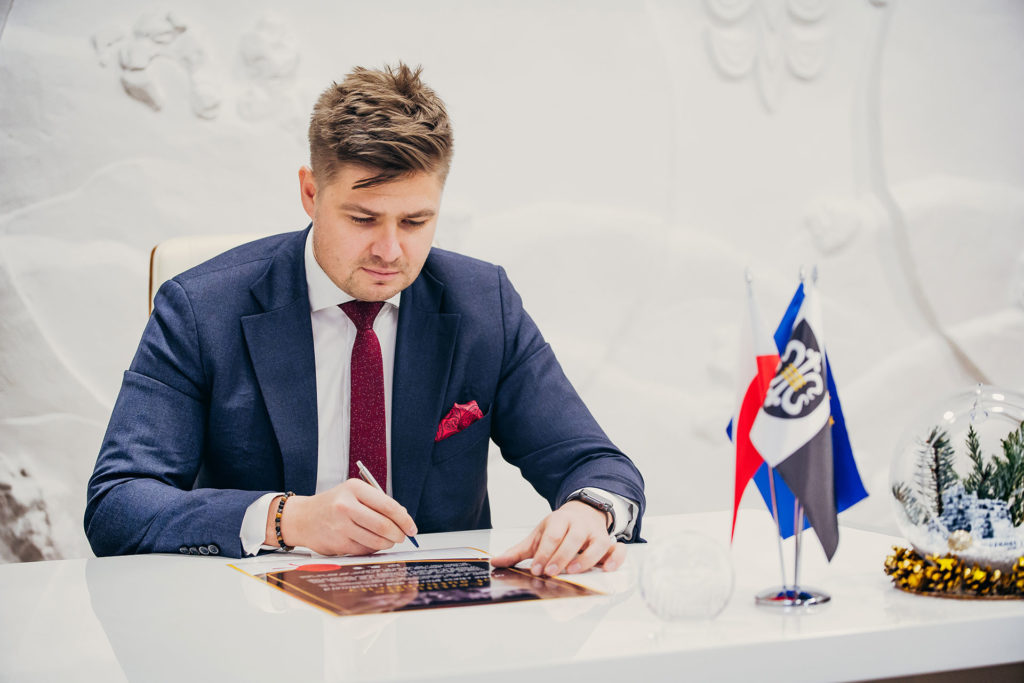The Artist
Włodzimierz Seweryn
He started carving as a child after he saw the famous altar of Wit Stwosz in Cracow during a school trip. In order to make money to equip his first sculpting studio, he dug trenches for the city’s water drainage. He was an apprentice to Władysław Hasior and watched Henryk Burzec at work. His sculptures were exhibited in Poland, the United States and Germany. Yes, Włodzimierz Seweryn's biography would make good material for a movie script. The first sculpture I made was a human figure, which I carved out of a beet using my pocket knife. A cow later ate it. I was maybe 10 back then — laughs the artist, while he reminisces about the beginnings of his 55 year-long career.
Children’s hobbies usually disappear as quickly as they come, but not this time. Once he caught the bug, the talented boy from a family of farmers became more involved in sculpture every single day. When his classmates were carving in soap, he brought a piece of wood to school and carved a figure of a highlander out of it. After graduating from elementary school, he continued his education at the prestigious Antoni Kenar School of Fine Arts in Zakopane (the school was established in the nineteenth century and had in its faculty, among other talented teachers, Władysław Hasior, one of the most famous Polish sculptors of the twentieth century). The young Seweryn did not graduate from high school, although he always got straight A's in sculpture. Him and his friends left after they put up a poster with the image of General Wojciech Jaruzelski and the slogan „fundraiser for the blind" in the school’s display case. The joke about the prime minister, the first secretary of the Central Committee of the Polish United Workers' Party, and chairman of the Military Council of National Salvation, who was the architect behind the imposition of martial law in 1981, turned out to be very popular. It also proves that the young sculptor had no sense of diplomacy. He did not like to bury his head in the sand — he always said what he thought.
Some people who knew how success can go into a person’s head worried about Włodek Seweryn. The boy is young (...) his work arouses many people’s attention and applause. It’s not hard to fall into trouble from there — wrote a journalist, who introduced the young artist in a local newspaper called Wiadomości Zagłębia in 1988. He was doing his military service at a water supply company in Zawiercie at the time. With disarming honesty, he confessed to the journalist that he disliked working there and only wanted to avoid being sent to the army. His frank confession ended in a gigantic affair, during which Seweryn was warned by his employer that if he did not like it there, he could be sent to dig drainage ditches in Żuławy. At this time the teenage sculptor received his first commercial orders, mainly from local parishes. Now he jokes that at that time he earned the same amount of money as his parents, and since he had less expenses, was able to put more money aside. Entering adulthood, however, still proved to be a difficult transition in life. The early 1990s was not an easy time for artists, as Poland was socially and economically rapidly transforming. It was especially hard for those who were just starting out.
In order to buy equipment necessary for a studio, I took the job of digging ditches for waterworks. I did this until I saved enough money to buy sculpting materials. Once I got it, I opened my own studio and started working. The beginnings, however, were not easy. During the first year I received only one order, for a single relief. After that I decided there was no point in waiting. I had to take matters into my own hands — says Seweryn. The artist looked for potential buyers of his work in Zakopane and collaborated with the Central Industrial and Artistic Center, filling the "Cepelia" store in Katowice with his works.
In 1996 he partnered with a company that was managing the Ogrodzieniec Castle. The first project Seweryn took part in was reconstructing a stone portal and a wrought-iron door leading to the so-called dark lamus (where for a long time he had his own gallery) and to the tower of convicts. He then designed the exhibition in the torture chamber, which can still be visited today, together with most of the replicas of the old instruments of torture. He now says that working on this exhibition was not a pleasant experience, because in order to credibly create the room, you had to imagine the suffering of the people who were put in it in the past. Seweryn's other works can be seen in the castle museum, the inn and armory, the reconstructed plaque above the gate tower, models depicting the fortress and the nearby Mount Birów, as well as the gate in the bailey wall, which weighs half a ton. He made it using only one hand, as the other one was injured at the time. I was stubborn and I just did it — he briefly summed up the episode.
During most of his adventures with sculpting, which have been going on for the past 40 years, Włodzimierz Seweryn worked on wood. Only one of his sculptures was stone. A breakthrough took place in 2020, when he began working on a limestone set of chess, excavated from the tower of the Ogrodzieniec Castle. Since his first exhibition that took place in Kielce in 1982, the artist has presented his sculptures in exhibitions in many Polish cities, but also abroad, including Germany, the United States, and the Vatican. Seweryn takes a very serious and personal approach to his work and its effects. When I sculpt, I always talk to my works. Sometimes I get angry, sometimes I swear at them, it depends on how much they "give" me. Just like in real life. But when someone takes one of my works and the sculpture goes into the world, I feel a longing for it. Because I no longer have it at home — says the artist. Similar conversations, sometimes in a less, sometimes in a more friendly tone, took place when working on his latest piece — a chess set made of limestone taken from the walls of Ogrodzieniec castle. "Tender" words together with the sculptor’s excellent craftsmanship proved to be effective — a work like no other in the world was created. Similar to Wit Stwosz's altar that inspired little Włodek Seweryn.

